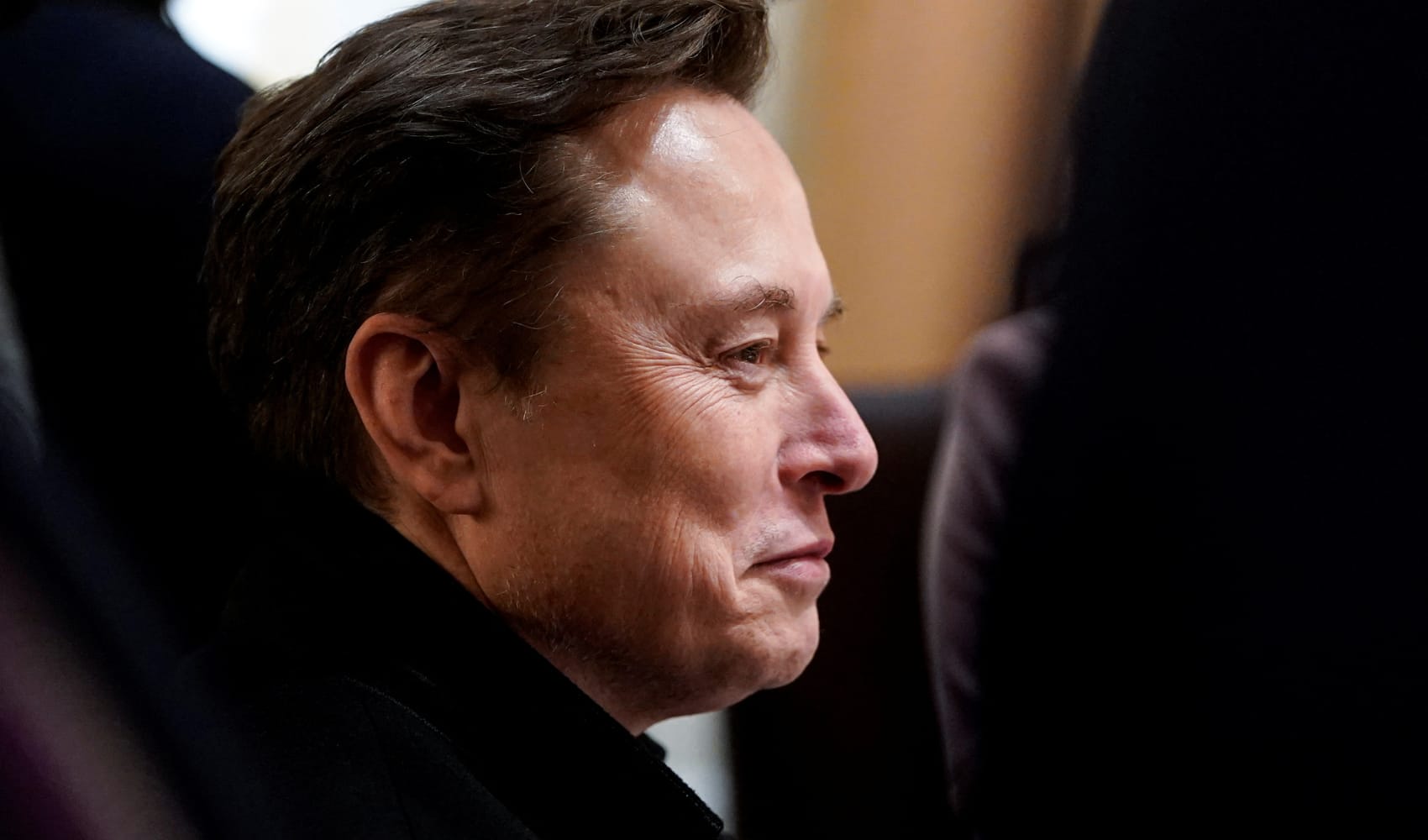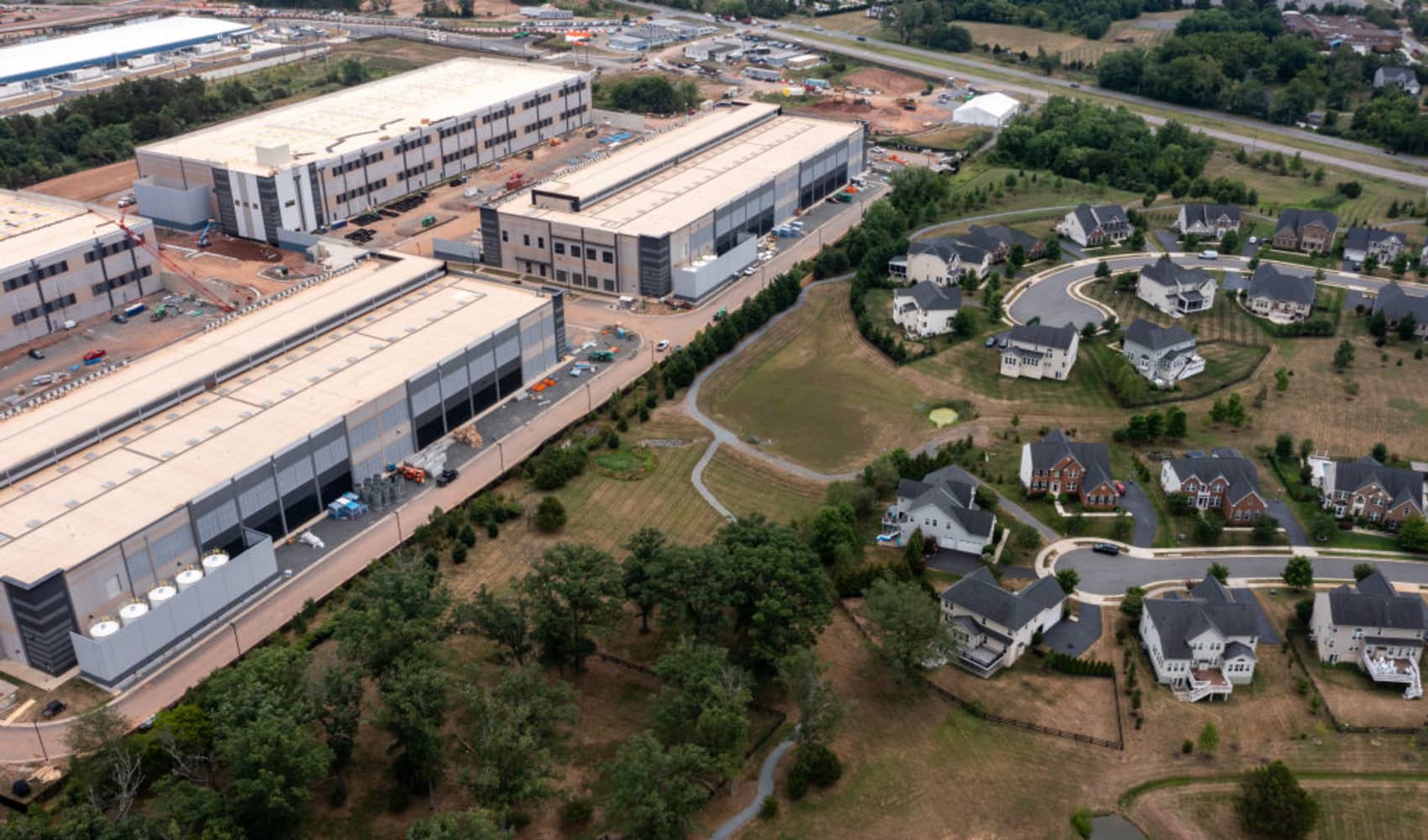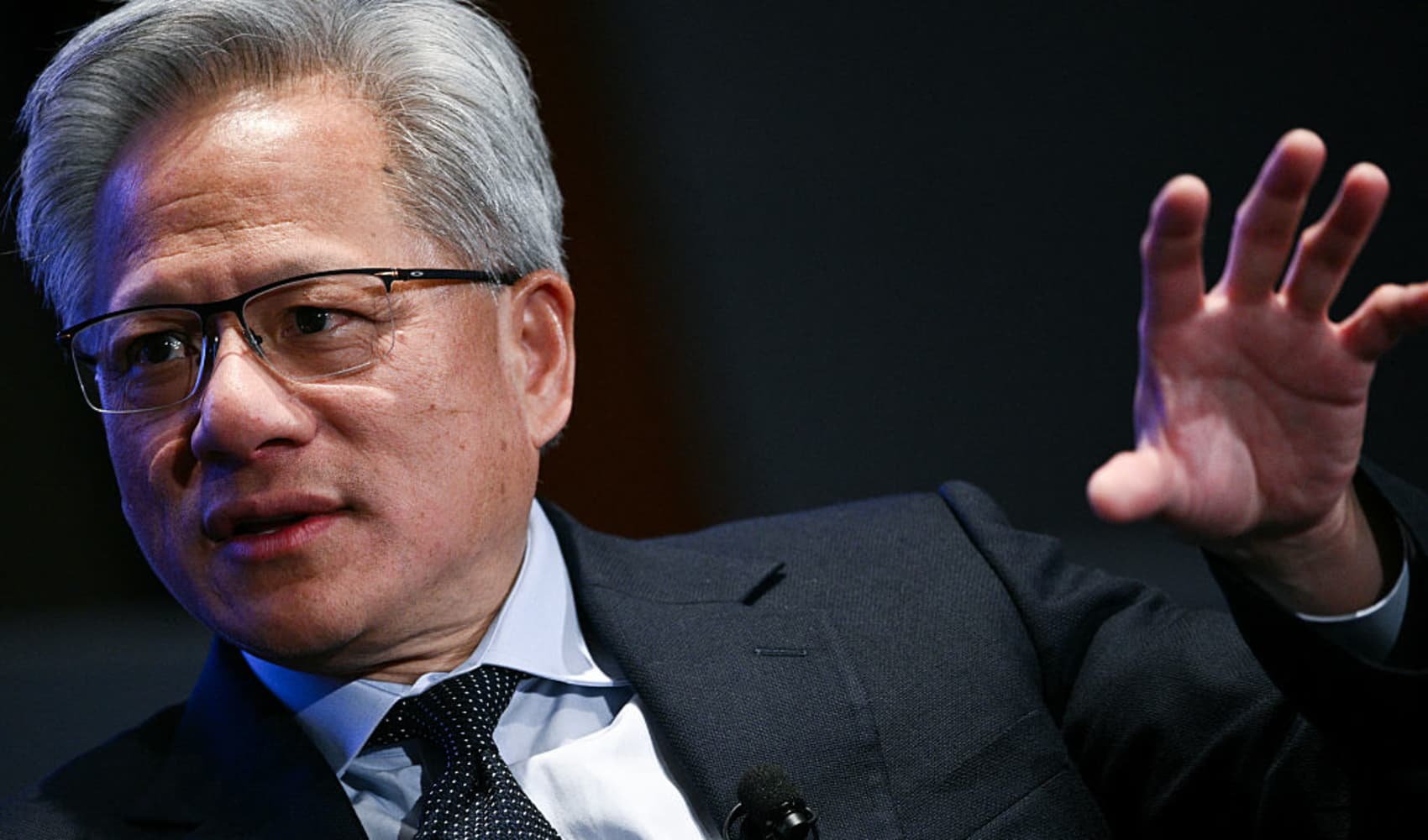Elon Musk Values xAI: $50B Funding Imminent?
Elon Musk Hints at xAI Valuation: A Glimpse into the Future of AI?
Introduction: The Plot Thickens in the AI Arena
The world of Artificial Intelligence (AI) is evolving at warp speed, and at the heart of it all, you'll find maverick entrepreneur Elon Musk. His latest venture, xAI, is already making waves, and recent comments suggest it's about to enter an entirely new orbit. Word on the street, thanks to sources speaking to CNBC's David Faber, is that Musk is looking to put a "proper value" on xAI. What does this mean for the company, its investors, and the future of AI itself? Let's dive in!
xAI's Rising Star: A Potential Funding Round on the Horizon
So, what exactly did Musk say that got everyone's attention? During an investor call last week, he reportedly discussed placing a "proper value" on xAI. While he didn't explicitly mention a new funding round, the interpretation is clear: a significant capital raise is likely in the works. Think of it like this: when you're preparing to sell a house, you get it appraised to know its worth, right? Same principle here, but on a much grander scale.
The Context: A $50 Billion Valuation and a Craving for Chips
To understand the significance, we need some context. As reported by CNBC in November, xAI was already considering raising up to $6 billion at a staggering $50 billion valuation. What's the motivation? The hunger for computing power. Specifically, xAI reportedly wants to acquire a whopping 100,000 Nvidia chips. These chips are the backbone of modern AI, the equivalent of high-octane fuel for a race car. The race to build the most powerful AI is on, and xAI is clearly gearing up to compete.
Why "Proper Value" Matters: Beyond the Numbers
Musk using the phrase "proper value" is more than just financial jargon. It hints at a deeper consideration of xAI's intrinsic worth, factoring in its potential, its technological advantages, and its position in the burgeoning AI landscape. It's about establishing a price tag that reflects not just the present, but also the anticipated future. Imagine trying to value a painting by a relatively unknown artist who suddenly demonstrates the potential to be the next Picasso. It's not just about the current market; it's about the projected trajectory.
The Subjective Side of Valuation: It's Not All Math
Valuation isn't purely a mathematical exercise. It involves subjective elements like brand perception, market sentiment, and even the "Musk factor" – the influence of Elon Musk's reputation and track record. These factors can inflate or deflate a company's valuation, depending on investor confidence and overall market conditions. So, "proper value" also implies an understanding of these intangibles.
The Nvidia Chip Connection: Powering the AI Revolution
The rumored acquisition of 100,000 Nvidia chips underscores the critical role of hardware in the AI race. Nvidia's GPUs (Graphics Processing Units) are designed for the massive parallel processing required for training and running complex AI models. Acquiring such a substantial number of chips signifies xAI's ambition to develop cutting-edge AI capabilities. Think of it as building a super-sized, state-of-the-art laboratory filled with the most advanced equipment.
Beyond the Hardware: The Software and the Talent
Of course, hardware is just one piece of the puzzle. xAI also needs top-tier AI engineers, researchers, and developers to build and train its AI models. The company's talent pool, combined with the advanced hardware, will determine its ultimate success. It's like having a Formula 1 car – you need an equally skilled driver and pit crew to win the race.
The Competitive Landscape: xAI vs. OpenAI and Others
xAI isn't operating in a vacuum. It's competing against established players like OpenAI, Google's DeepMind, and a host of other AI startups. These companies are all vying for dominance in various AI applications, from natural language processing to computer vision. The competition is fierce, and only the most innovative and well-funded companies will survive.
Different Approaches, Different Philosophies
What sets xAI apart? It's likely a combination of Musk's vision, the company's technological approach, and its philosophical underpinnings. Musk has often expressed concerns about the potential risks of AI, so it's reasonable to assume that xAI will prioritize safety and ethical considerations in its development efforts. This focus on responsible AI could be a key differentiator in the long run.
The Potential Impact: Transforming Industries and Society
The implications of advanced AI are far-reaching. AI has the potential to revolutionize industries ranging from healthcare and finance to transportation and manufacturing. It could also address some of the world's most pressing challenges, such as climate change and disease. However, it also raises important ethical and societal questions that need to be addressed proactively.
AI and the Future of Work: Opportunities and Challenges
One of the most discussed topics is the impact of AI on the future of work. While AI is likely to automate many routine tasks, it could also create new opportunities for humans to focus on more creative and strategic work. The key is to adapt to the changing landscape and invest in education and training programs that prepare workers for the AI-powered economy.
Investor Confidence: Riding the AI Wave
The high valuation that xAI is seeking reflects strong investor confidence in the potential of AI and in Musk's ability to deliver on his ambitious vision. Investors are eager to participate in the AI revolution and are willing to bet on companies that are at the forefront of innovation. It's like a modern-day gold rush, but instead of gold, the prize is AI supremacy.
Risks and Rewards: A High-Stakes Game
Investing in AI startups is not without risk. The technology is still evolving rapidly, and there's no guarantee that any particular company will succeed. However, the potential rewards are enormous, and many investors are willing to accept the risks in pursuit of those rewards. It's a high-stakes game, but the potential payoff is even higher.
Beyond the Hype: Building Sustainable AI
While the hype surrounding AI is undeniable, it's important to focus on building sustainable AI that benefits society as a whole. This means addressing ethical concerns, ensuring fairness and transparency, and mitigating the potential risks of misuse. The goal is to create AI that is not just powerful, but also responsible and beneficial.
The Importance of Ethical AI: A Moral Imperative
Ethical considerations must be at the forefront of AI development. We need to ensure that AI systems are fair, unbiased, and accountable. We also need to protect privacy and prevent AI from being used for malicious purposes. Ethical AI is not just a desirable goal; it's a moral imperative.
The Road Ahead: xAI's Journey to AI Dominance
xAI's journey is just beginning. The company faces numerous challenges, but it also has immense potential. With its access to capital, talent, and cutting-edge technology, xAI is well-positioned to become a major player in the AI landscape. Whether it can achieve AI dominance remains to be seen, but the company is certainly one to watch.
Conclusion: The Future is AI – and xAI is a Key Player
Elon Musk's comments about putting a "proper value" on xAI signal a significant moment for the company and the broader AI industry. A potential $6 billion funding round at a $50 billion valuation highlights the immense investor interest and the high stakes involved. As xAI continues its quest to develop cutting-edge AI, its actions will undoubtedly shape the future of technology and society. Keep an eye on xAI; the journey is just beginning, and the destination is undoubtedly transformative.
Frequently Asked Questions
- What exactly does xAI do? xAI is an artificial intelligence company founded by Elon Musk with the goal of understanding the true nature of the universe. While details are still emerging, it's expected to develop advanced AI models for a variety of applications.
- Why is xAI seeking so many Nvidia chips? Nvidia's GPUs are essential for training and running complex AI models. The rumored acquisition of 100,000 chips indicates xAI's ambition to develop state-of-the-art AI capabilities that require significant computing power.
- How does xAI differ from OpenAI? While both are AI companies, they have different structures and philosophies. OpenAI is a non-profit capped-profit company, while xAI is a for-profit venture. Musk has also expressed different views on AI safety and development compared to OpenAI's leadership.
- What are the potential risks associated with xAI's ambitious AI goals? Like any advanced technology, AI carries potential risks, including job displacement, ethical concerns, and the potential for misuse. It's crucial to address these risks proactively and ensure responsible AI development.
- How can I invest in xAI? As a private company, investing in xAI directly is currently limited to accredited investors. However, you can follow the company's progress and consider investing in related companies in the AI ecosystem.




